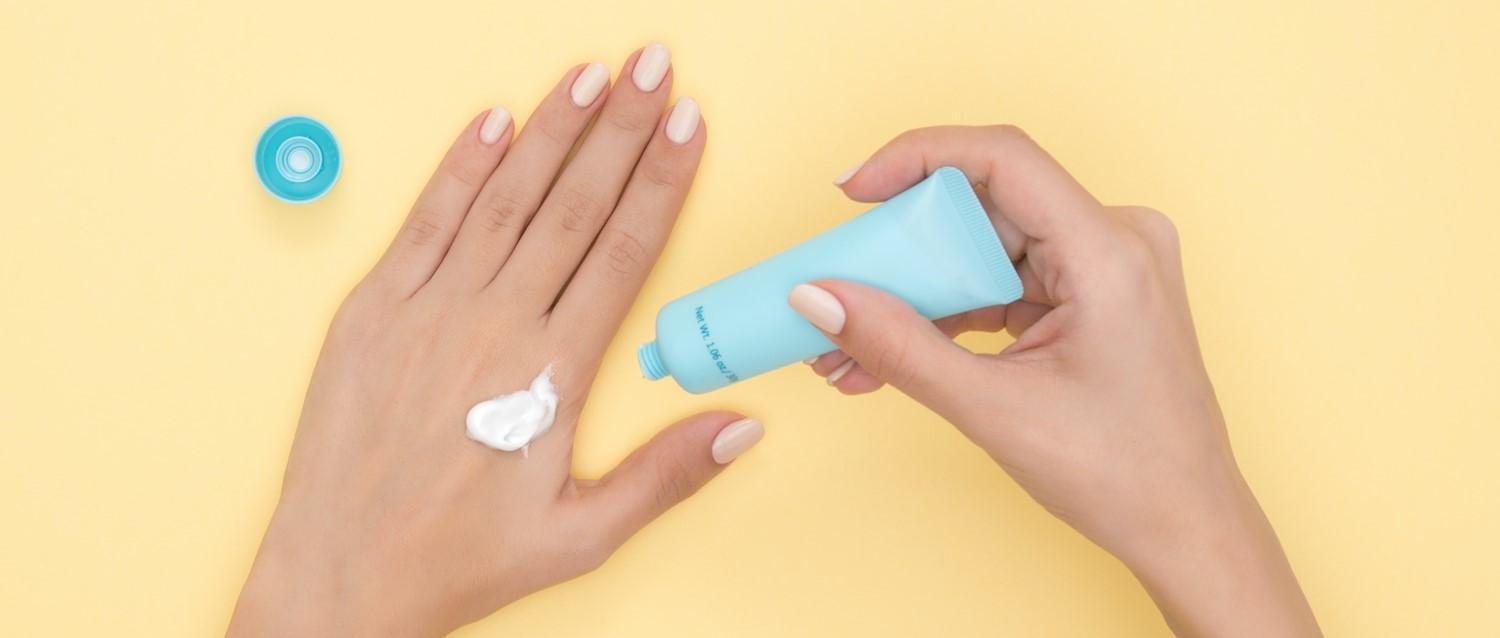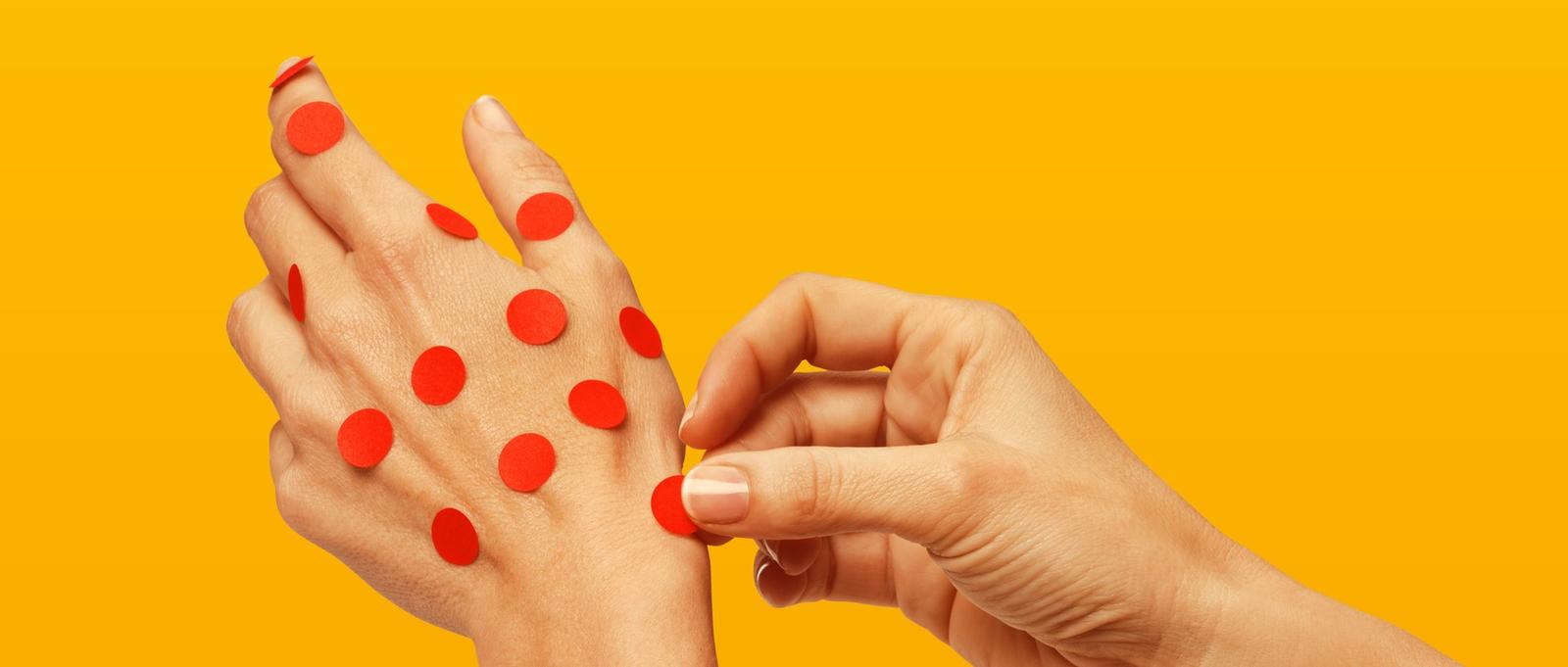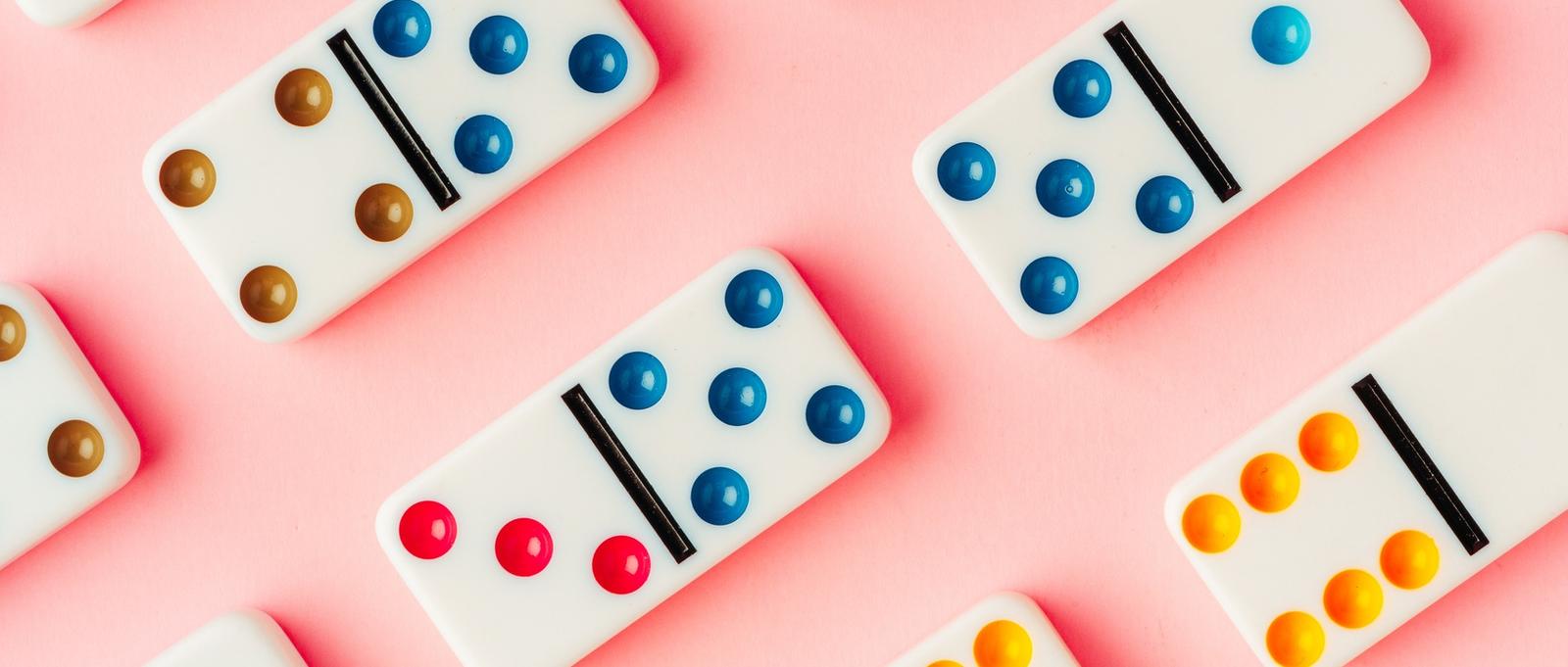
Dry skin in winter: what cold weather can do to your skin
Peer reviewed by Dr Sarah Jarvis MBE, FRCGPLast updated by Amberley DavisLast updated 8 Dec 2023
Meets Patient’s editorial guidelines
- DownloadDownload
- Share
- Language
- Discussion
Cold weather can be tough on our skin, and dry skin in winter can cause or inflame a number of skin conditions. Lesser known effects of winter weather include allergic reactions and the spread of infections that also trigger skin problems.
In this article:
"Winter conditions in the UK can be a perfect storm for dry irritated skin," says Dr Justine Kluk at the British Association of Dermatologists. "Both the winter weather and central heating strip skin of moisture, and woolly winter fabrics can cause irritation."
The effects of winter weather on our skin range from the skin complaints we all recognise or have experienced, like acne and chapped lips, to flare-ups of pre-existing skin conditions.
Continue reading below
Cold weather and pre-existing skin conditions
Many of us are living with and managing skin conditions all year round. It is estimated that 1 in 5 children and 1 in 10 adults in the UK have atopic eczema, the most common form of eczema that causes dry, itchy, red patches on the skin. Of those living with adult severe eczema, over 80% feel that managing the condition impacts their daily lives, according to charity Allergy UK.
Psoriasis is another common skin condition that results in red, scaly patches of skin. According to the British Heart Foundation, it affects around 1 in 50 people.
Psoriasis and eczema are just two of a number of long-term skin complaints that winter can exacerbate, causing a large number of people to struggle with their conditions throughout these months.
Cold weather and dry skin conditions
During winter, we spend months constantly going between cold outdoor temperatures and warm, centrally heated rooms. The trouble is, both these environments dry skin out and this can cause or exacerbate dry skin conditions.
Hywel Williams, professor of dermo-epidemiology at the University of Nottingham explains: "Your 'summer skin' tends to be thinner and more hydrated as warm air holds more moisture, and your oil-producing glands (sebaceous glands) produce more natural oils that keep your skin supple.
"Sebum production reduces in the winter, and combined with the cold and wind, the drying effect may be too much for your skin to cope."
Eczema
Many studies back up the relationship between the cold and the risk of flare-ups in people with atopic eczema (also known as atopic dermatitis). Dryness is the primary symptom no matter the time of year, and therefore when winter weather results in further dryness, people with eczema may experience a flare-up of symptoms.
Williams offers advice for winter management of eczema: "Use plenty of moisturisers (emollients) on exposed areas before you go out. If your shins are looking a bit dry and flaky, use emollients at these areas too. Always apply in the direction of your hair to prevent clogging up your hair follicles."
It's important to follow your GP's advice on treating your symptoms. For more severe eczema flare-ups, GP's can prescribe medications such as steroid creams (known as topical cortisone creams), medication that reduces inflammation, skin barrier creams, or medications that alter the immune system.
Chapped lips
Although a relatively minor complaint, chapped lips are a common side-effect of dry skin in winter. Lips are likely to dry out because the face is usually exposed to the elements, and because they have a very thin layer of skin which is prone to splitting when made dry in the cold.
This is easily prevented and healed with moisturising lip balms that hydrate the lips. Some lip balms even contain healing medication that can ease lip pain.
Acne
Most people associate acne with oily skin, but dry skin in winter can also cause acne. This skin complaint results from clogged pores, and dry skin can cause a build-up of dead skin cells that can clog pores up. Dry skin also makes these pores more likely to break open which allows bacteria into the skin that also causes acne.
While some people are genetically more prone to acne, there are things that can be done to help reduce it. These include refraining from touching the skin too much, and using cleansers and moisturisers that are gentle on skin. GPs can also prescribe medications such as antibiotics to treat more severe cases.
Winter itch
Winter itch, as its name suggests, occurs during winter when the skin dries out so much that it becomes itchy and uncomfortable, resulting in red rashes, scaly skin, or bumps. These symptoms are similar to eczema, but while eczema is usually a long-term condition that's diagnosed at a young age, winter itch is purely a temporary effect of the cold winter weather.
Anyone may experience winter itch, but it usually goes away quickly. Winter itch can be soothed by moisturising the skin regularly, and sometimes by avoiding clothing made from wool or flannel, which may irritate it. You can also buy mild steroid creams from your pharmacy. If these are ineffective and symptoms are persistent and uncomfortable, your GP can prescribe stronger medication.
Continue reading below
Psoriasis and cold weather
Psoriasis is an autoimmune disease, meaning that the condition is activated when the body's defences are put on alert. This causes red, raised and scaly patches on the skin and people may feel burning, tenderness, and stiff or swollen joints.
"People with psoriasis may also notice that their condition can become more challenging to manage during the winter months. The dry air, combined with lack of sunshine during the shorter and darker days, contribute towards this," explains Dr Kluk.
Guttate psoriasis is a type of psoriasis that is also more common during winter. This is usually triggered by bacterial throat infections such as Strep throat, which spread more rapidly in winter.
Psoriasis flare-ups can be treated and the discomfort eased. Your GP will advise on your treatment options, which include prescription medications.
Cold urticaria and cold weather
Urticaria, also known as hives, is an itchy rash of blotchy, raised skin that has a number of triggers. Cold urticaria is a sub-form that is caused by an allergic reaction to the cold. Triggers include cold weather but it can also be caused by cold water or any cold objects coming into contact with the skin.
The symptoms are temporary and usually go away by themselves. If you have concerns about persistent symptoms that are causing you discomfort, your GP can prescribe medications such as antihistamines. In very severe and persistent cases, you may be offered steroid tablet treatment or referred to a specialist, who might prescribe montelukast or omalizumab, typically used to treat asthma.
Continue reading below
Rosacea and cold weather
Rosacea is another common long-term skin condition. It causes your face to 'blush' as blood vessels become visible on your face, and it may also produce small, pus-filled bumps. While the cause is unknown, very cold, dry weather is a big trigger.
"Those with rosacea may find that temperature fluctuations lead to more noticeable redness of affected parts of the face.This can result in a flush when a person returns to a warm environment after being out in the wind or the cold." explains Kluk.
Refraining from touching your face too often, shielding your face with a scarf in bitter weather, using gentle moisturisers, and avoiding steroid creams and products that block your oil and sweat glands can all help. Your GP may also give you antibiotics or other medications.
Raynaud's disease and cold weather
Cold weather can also be a trigger for people with Raynaud's disease. This affects your blood circulation when you are cold or stressed. The most commonly affected areas are the toes and fingers, and the skin may change colour and go numb or sting.
Usually symptoms will disappear within 15 minutes of your temperature returning to normal. In severe cases, or if you develop a sore or infection in an affected finger or toe, you need to consult your doctor.
Chilblains and cold weather
Chilblains are small red patches of swelling and blistering on your skin that are caused by exposure to cold temperature. They are painful and itchy, and usually occur on the fingers, toes, heels, nose and ears.
They will usually clear up on their own within a few weeks, but if they do persist you may need to speak to your GP. To help ease the symptoms, wrap up warm to avoid exposure to cold weather and take paracetamol or ibuprofen for the pain. Don't attempt to warm up the affected areas by putting them on a radiator or under hot water, as heating the blood vessels too quickly can make symptoms worse.
Patient picks for Other skin conditions

Skin, nail and hair health
What are skin tags and how can I get rid of them?
Skin tags are very common - but when should you worry about skin tags or look into removal options? We asked a consultant dermatologist for advice.
by Victoria Raw

Skin, nail and hair health
How to prevent and soothe skin cysts: a simple guide
If you find a little round lump on your skin, you may have developed a cyst. These growths are generally harmless and can vary in size. We examine the various types of skin cysts and when to check in with your doctor.
by Victoria Raw
Continue reading below
Article history
The information on this page is peer reviewed by qualified clinicians.
Next review due: 8 Dec 2026
8 Dec 2023 | Latest version
29 Oct 2021 | Originally published
Authored by:
Amberley Davis

Ask, share, connect.
Browse discussions, ask questions, and share experiences across hundreds of health topics.

Feeling unwell?
Assess your symptoms online for free
Sign up to the Patient newsletter
Your weekly dose of clear, trustworthy health advice - written to help you feel informed, confident and in control.
By subscribing you accept our Privacy Policy. You can unsubscribe at any time. We never sell your data.